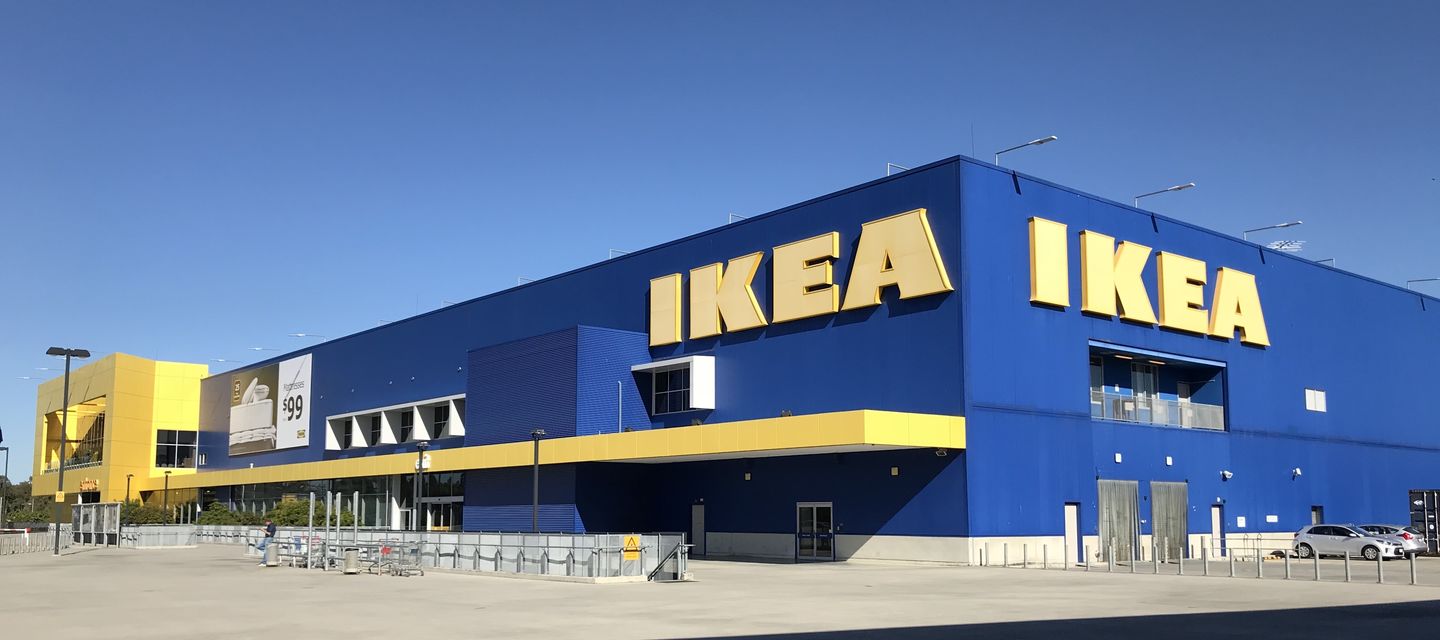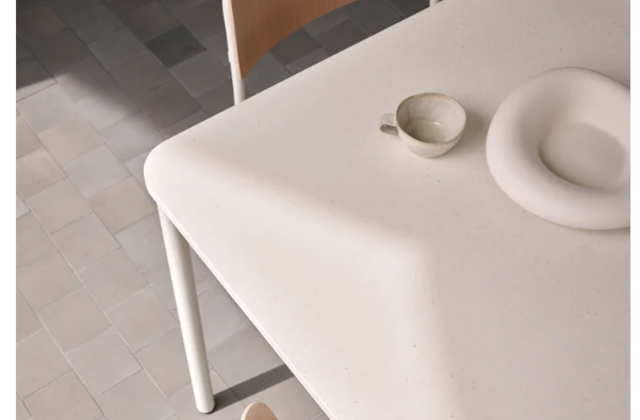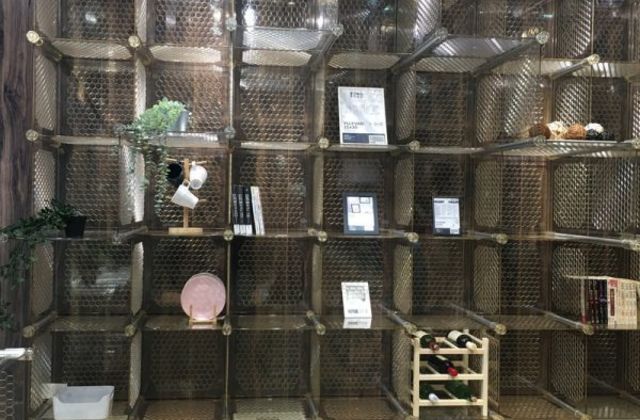What is it? IKEA’s ‘Buy Back’ or ‘Sell your Furniture’ Programme is designed to increase the number of times a piece of furniture is used before being recycled or sent to the landfill.
Why is this important? Extending the life of products and keeping them in use longer can, not only reduce the number of new products that need to be manufacturing, but also lower the amount that go to the landfill (Bakker et al., 2014; Stahel, 1998). Ensuring multiple use cycles of products can help companies decouple growth from profits (Ellen MacArthur Foundation, 2020; Kjaer et al., 2019). The fast furniture industry, arguably pioneered by IKEA, is wasteful, resource-intensive and polluting. In the past, the focus has always been on providing the cheapest products at the lowest production cost, resulting in less sturdy products that break down easily (Usborne, 2020). According to IKEA’s FY19 Sustainability Report (2020c), their climate footprint amounts to 0.1% of the world’s greenhouse gas emissions (24.9 million tonnes CO2eq). The same report also estimates that 42% of IKEA’s CO2 emissions come from raw materials extraction and processing. IKEA can significantly cut their carbon footprint by reducing the amount of virgin raw material inputs required for their products.
Main resource strategy: Slowing the loop by allowing furniture to be reused for a longer period of time.
Other resource strategies:
- Closing the loop - By facilitating appropriate recycling after multiple uses.
- Slowing the loop – By promoting repair, by making all the different components of furniture available for purchase separately. Sometimes, the smaller parts (such as dowels, screws, washers, etc.) can be obtained free of cost at the stores. This has been a part of their original business model for a long time now.
Business model strategies: IKEA is trialling a strategy to give old IKEA furniture a second life, if it is still in good condition.
- Value Proposition: Giving a second life to old furniture – an affordable and sustainable solution.
- Value Creation & Delivery: Customers can fill out a form on IKEA’s website, to estimate the furniture’s buy-back value. Then they must bring their assembled IKEA furniture, together with the estimate, to an IKEA store. An IKEA worker will inspect the furniture before accepting it, and giving the final agreed value as an IKEA gift card. The furniture is then be resold at a discount in the AS-IS department (Bargain section) of the store (IKEA, 2020b).
- Value Capture: By providing a IKEA gift card in exchange for the unwanted furniture, customers are encouraged to shop again at IKEA. The vouchers will have no expiration date, so customers have the option to buy things only when they need to.
Currently, this scheme only applies to the following IKEA furniture, irrespective of whether they are presently in stock: drawer units, tables, chairs, cabinets, desks, shelving and cupboards.
Business model experimentation practices: IKEA has been trialling small-scale furniture reselling in multiple countries so far. The Buy Back Program is the first time the program is going to be scaled globally across 27 countries (Taylor, 2020). Products bought back by IKEA through the Buy Back Program in other countries, will be sold in the AS-IS section of IKEA stores (Ingrams, 2020). IKEA also opened its first exclusive second-hand store in Eskilstuna, Sweden in 2020 as a pilot. There are plans of expanding to other countries upon a successful pilot (IKEA, 2020d).
Sustainability outcomes: No reported data available yet. The Program is currently in its pilot stage and will be launched in early 2021, after being postponed from Black Friday, 27th Nov 2020 due to the Covid-19 pandemic (Ingrams, 2020).
Sources:
Bakker, C., Wang, F., Huisman, J., & den Hollander, M. (2014). Products that go round: Exploring product life extension through design. Journal of Cleaner Production, 69, 10–16. https://doi.org/10.1016/j.jclepro.2014.01.028
Ellen MacArthur Foundation. (2020). The Circular Economy In Detail. Accessed 7 December 2020 at: https://www.ellenmacarthurfoundation.org/explore/the-circular-economy-in-detail
IKEA. (2020a). Customer Service: Buy Back. Accessed 17 November 2020 at: https://www.ikea.com/au/en/customer-service/services/buyback-pubff9ee470
IKEA. (2020b). Customer Service: Sell your furniture. Accessed 17 November 2020 at: https://www.ikea.com/es/en/campaigns/sell-your-furniture-pub70f47900
IKEA. (2020c). IKEA Sustainability Report FY19. URL: https://preview.thenewsmarket.com/Previews/IKEA/DocumentAssets/558479.pdf
IKEA. (2020d). The world’s first second-hand IKEA store opens in Sweden. Inter IKEA Group | Newsroom. Accessed 17 November 2020 at: https://newsroom.inter.ikea.com/news/the-world-s-first-second-hand-ikea-store-opens-in-sweden/s/b1aa5e3d-a9e8-4816-828d-72af9b914106
Ingrams, S. (2020). Ikea will buy back your old furniture from Black Friday. Which? News. https://www.which.co.uk/news/2020/11/ikea-will-buy-back-your-old-furniture-from-black-friday/
Kjaer, L. L., Pigosso, D. C. A., Niero, M., Bech, N. M., & McAloone, T. C. (2019). Product/Service‐Systems for a Circular Economy: The Route to Decoupling Economic Growth from Resource Consumption? Journal of Industrial Ecology, 23(1), 22–35. https://doi.org/10.1111/jiec.12747
Stahel, W. R. (1998). Product Durability and Re-Take after Use. In M. Kostecki (Ed.), The Durable Use of Consumer Products (pp. 29–39). Springer US. https://doi.org/10.1007/978-1-4757-2819-4_2
Taylor, D. B. (2020). Ikea Will Buy Back Some Used Furniture. The New York Times. Accessed 27 November 2020 at: https://www.nytimes.com/2020/10/14/business/ikea-buy-back-furniture.html
Usborne, S. (2020). Silly Billy: What the Ikea bookcase tells us about the true cost of fast furniture. The Guardian. Accessed 27 November 2020 at: https://www.theguardian.com/lifeandstyle/2020/may/19/silly-billy-what-the-ikea-bookcase-tells-us-about-the-true-cost-of-fast-furniture
***
About project Circular X
Project Circular X is about ‘Experimentation with Circular Service Business Models’. It is an ambitious research project funded by the European Research Council (ERC) which supports top researchers from anywhere in the world. Project CIRCULAR X runs from 2020-2025. The project is led by Principal Investigator (PI) Prof Dr Nancy Bocken, who is joined by a multidisciplinary team of researchers at Maastricht Sustainability Institute (MSI), Maastricht School of Business and Economics, Maastricht University. The project cooperates with businesses who want to innovate towards the circular economy.
Project Circular X addresses a new and urgent issue: experimentation with circular service business models (CSBMs). Examples of such new business models include companies shifting from selling products to selling services and introducing lifelong warrantees to extend product lifetimes. However, CSBMs are far from mainstream and research focused on experimentation is little understood. The research aims to conduct interdisciplinary research with 4 objectives:
- Advancing understanding of CSBMs; their emergence and impacts
- Advancing knowledge on CSBM experimentation
- Developing CSBM experimentation tools
- Designing and deploying CSBM experimentation labs
Funding source
This project has received funding from the European Research Council (ERC) under the European Union’s Horizon 2020 research and innovation programme, grant agreement No. 850159.
Using this information
When you cite this publication, please use the following source:
Circular X (2021) Case study: IKEA “Buy Back” Program. Accessed from www.circularx.eu



